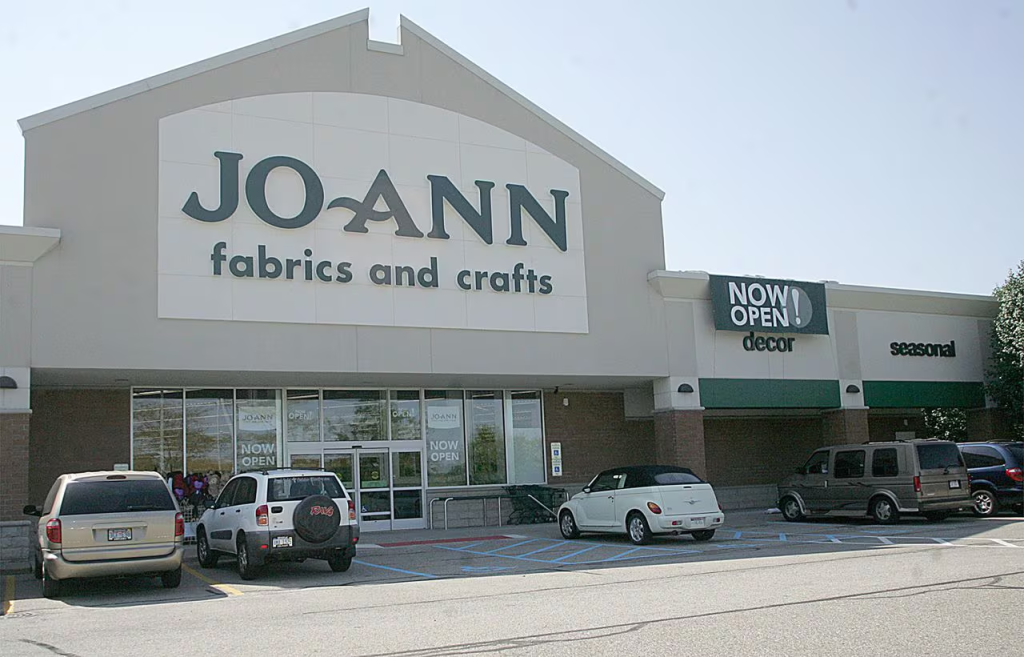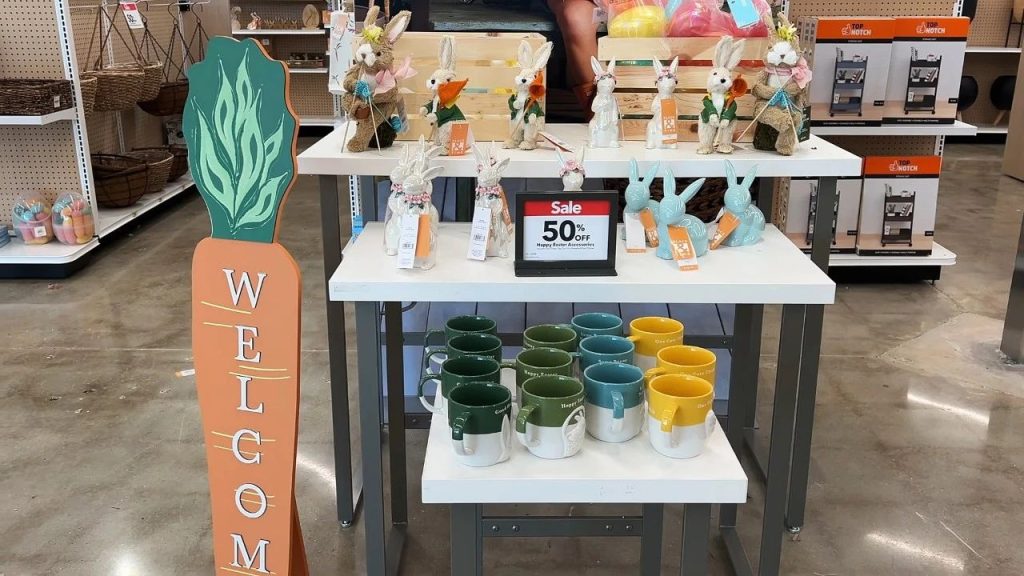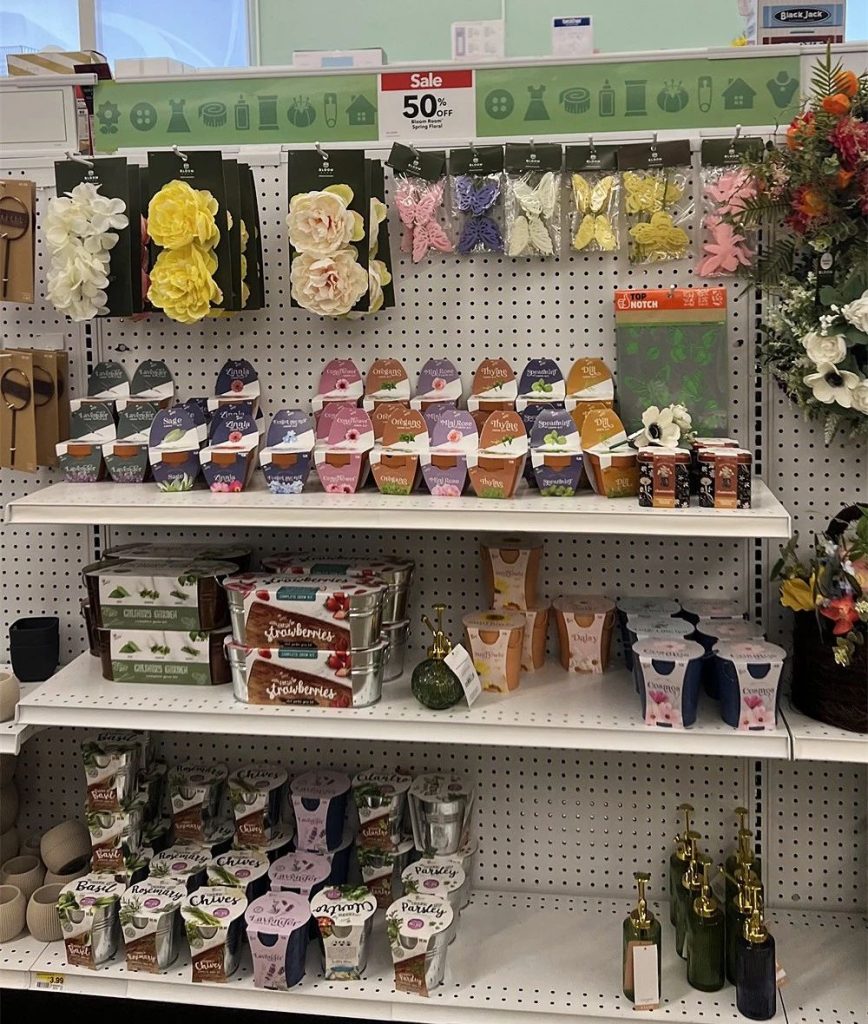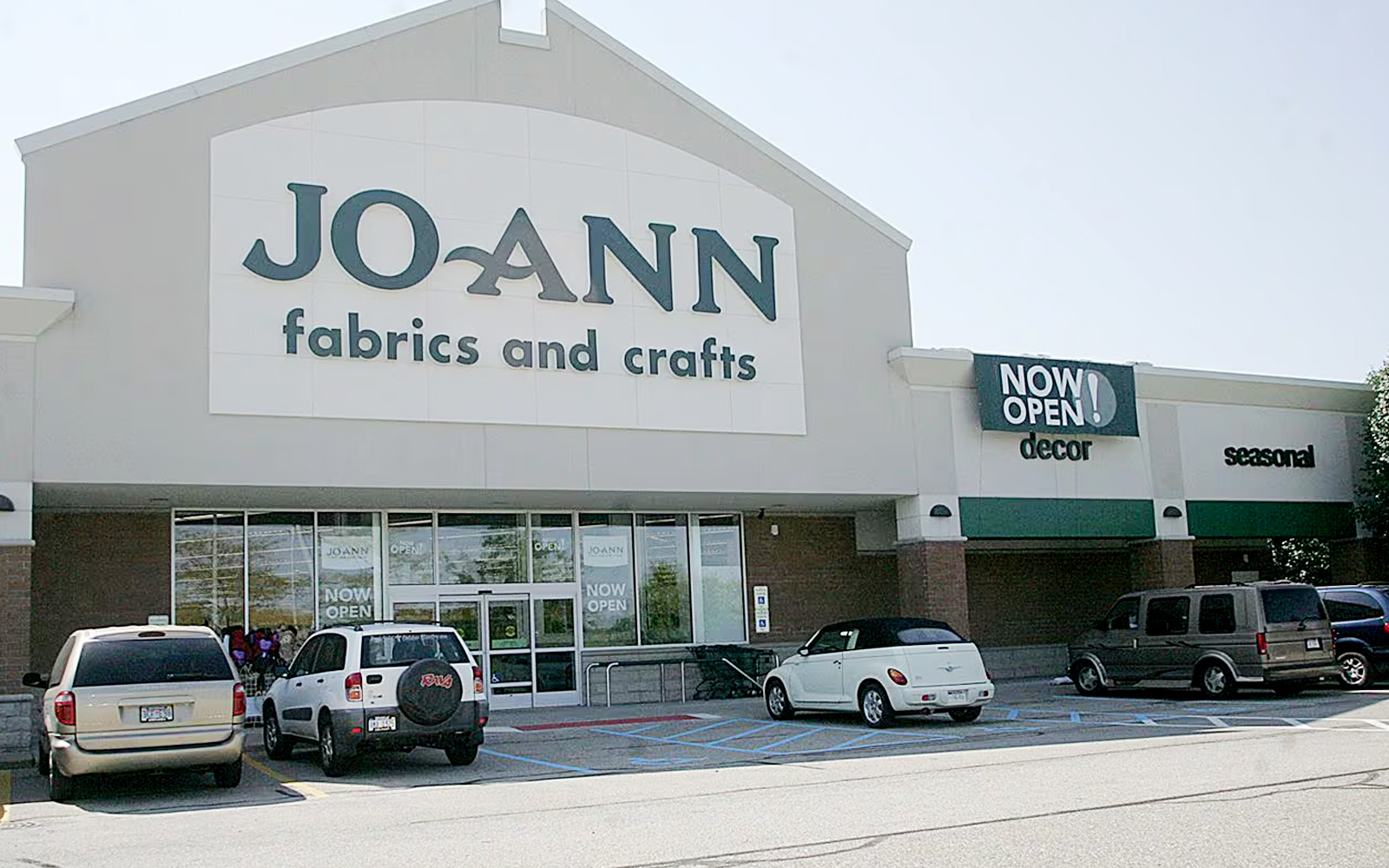
Joann, the American crafts retail chain, announced last Thursday in a statement that it will soon complete its financial restructuring, emerging from the shadow of bankruptcy. Post-bankruptcy, Joann will become a privately held company owned by creditors. According to the plan approved by Judge Craig Goldblatt of the Delaware Bankruptcy Court, Joann’s creditors have agreed to cancel nearly $505 million out of its nearly $1.1 billion long-term debt.

Following its Chapter 11 bankruptcy filing on March 18th, Joann stated that it continued operations at all 815 stores during the bankruptcy period and retained jobs for over 18,000 employees, with financial stakeholders pledging $132 million. Chief Financial Officer Scott Sekella stated in court documents that Joann’s bankruptcy exit plan will enable the company to emerge from Chapter 11 with a significantly deleveraged capital structure and long-term liquidity without adversely affecting unsecured creditors.

Joann underwent layoffs last year and attempted to cut $225 million in supply chain, product, and corporate costs. It also engaged in sale-leaseback transactions for its Ohio-based corporate headquarters and restructured its on-site and corporate operations. However, these actions ultimately fell short of avoiding bankruptcy. Sekella, along with Chief Customer Officer Chris DiTullio, serves as co-interim CEOs of the company’s temporary office, noting that 100% of creditors support the restructuring. “We’re pleased to have reached this significant milestone less than 40 days after initiating the court-supervised process,” DiTullio said in a statement.

“As a result of this transaction, Joann will move forward with a stronger financial foundation, allowing us to invest in enhancing customer experience, our premier product assortment, and our team of over 18,000 nationwide.” Joann has been in operation for over 80 years, with 96% of its retail stores profitable at the time of filing for bankruptcy. During the peak of the COVID-19 pandemic, interest in the company’s primary product offerings (crafts, sewing, and fabric products) surged. However, with rising inflation rates and decreasing disposable consumer spending in recent years, the company’s long-term debt burden ballooned to unsustainable levels, while its liquidity declined.

Shortly after Joann’s Chapter 11 bankruptcy filing, analytics firm Placer.ai indicated that its data suggests, based on positive year-over-year foot traffic trends, that Joann’s physical stores hold an advantage over online stores—crafters prefer to inspect materials before purchase, while hobbyists visiting physical stores can consult with knowledgeable salespeople for guidance on ongoing projects. Joann’s main competitor, Michaels, has also been taking action since Joann’s bankruptcy filing. Michaels announced earlier this month that it reduced prices on over 5,000 in-store products. In March of this year, the company also stated plans to expand the categorization and distribution of fabrics offered in stores, a key product for Joann. Standard & Poor’s Global Ratings recently upgraded Michaels’ credit rating from CCC+ to B-, citing improvements in the company’s operating profit margins and cash generation.


